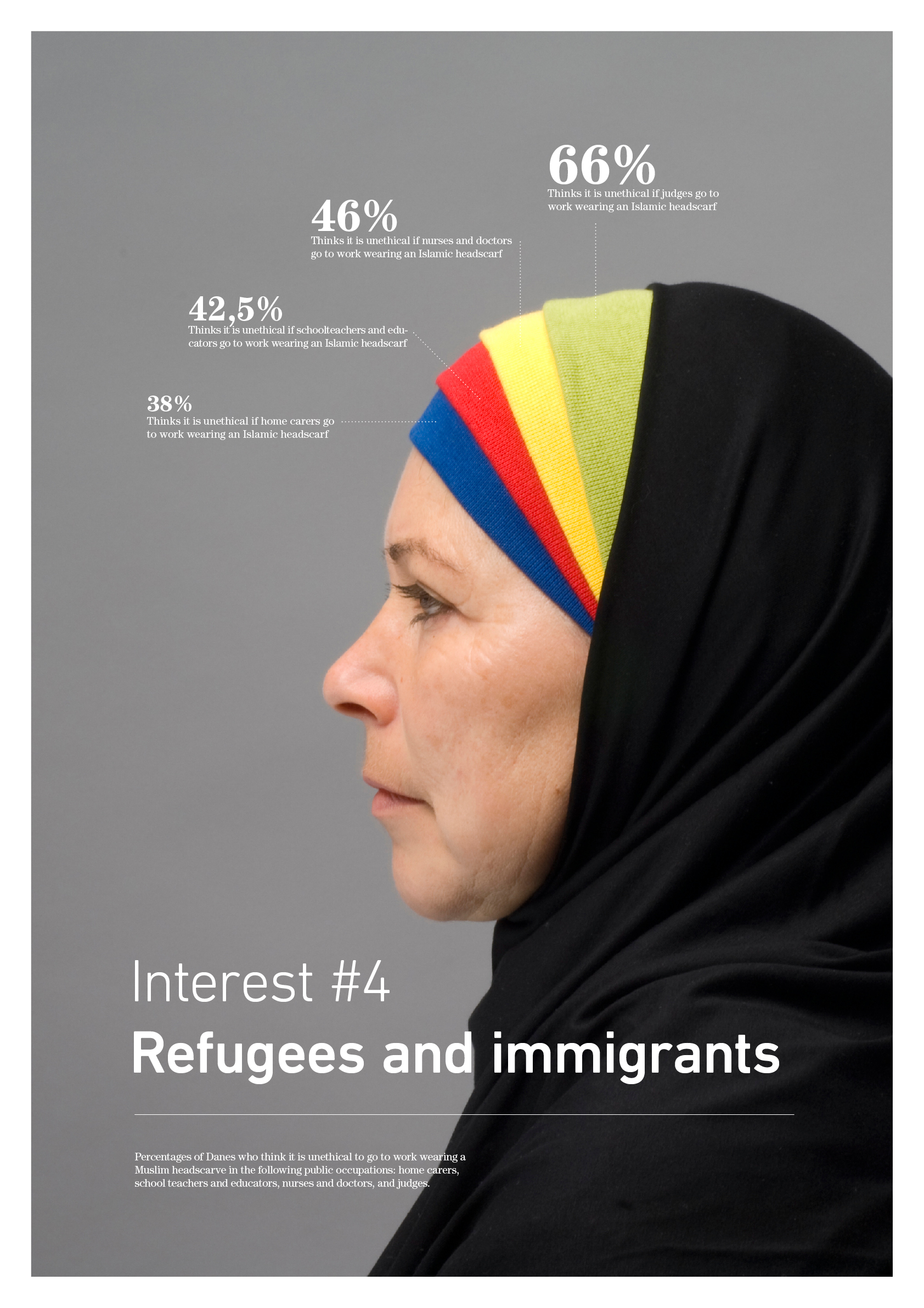Every music lover has that one favourite band whose discography they know by heart. And this one's mine. I've been listening to The Decemberists since 2007 (says iTunes), and I've been lucky enough to see them perform twice in Toronto. And this summer at Wayhome will make three! The lead singer Colin Meloy is a songwriting genius. I get the feeling he opens a dictionary to a random page and picks a word with his eyes closed to write the lyrics in their colourful, passionate, storytelling songs. Mix that with a bunch of orchestral instruments in the five-piece and you get six albums of wonderful, whimsical merriment. Check out one of their poppier songs (and one of my personal favourites) below:
Accomplishment:
The Favourite Things book is complete! I have finally bound it, and am currently waiting for the glue to dry. In addition to that, the website is fully coded as well! I will be fixing minor things between now and, well, the end of time, but I am confident enough to let you inside to see its gooey caramel center. So go look if you like.
Goal:
Lots still to do. With my grad show coming up fast, I would really like to have everything planned in terms of what I am going to show. I hope to have my board layout finished by next week, and the assets ready to print or be made. I wonder if seven projects is too many...
So far, I am thinking about this for the long list:
- Expo 2025 - assets poster, motion, website on iPad
- Favourite Things - book, poster, website on iPad
- Hear & Now - small letter size showing the screens
- Upfront Mag - book
- Flora & Fauna - plant
- Her - motion for monitor, some screens on board?
- Causes of Death - poster, can Processing work on iPad
Random Thought:
This is another weird one. I've been going to a few interviews in the past month (tis the season) and I feel like the whole interview process is so played out. Interviewees go in knowing they're going to be asked specific questions like, what are your strengths and weaknesses, you know, the usual. These questions are so expected that they can easily be prepared for ahead of time. So here's my proposal. What if interviewees went into an interview and the interviewer decided to let them ask all the questions. You can really tell a lot about a person by the questions they ask you (or don't ask you). Of course, in a situation like mine, interviewees would have to show pieces of work, but all of the questions would be directed at the interviewer. It would make for an interesting challenge by forcing the interviewee to think of intelligent queries about their work, themselves, and the place of work for which they are interviewing.
Inspiration:
My parents are big fans of Coppola wines. I like the idea of a famous filmmaker, Francis Ford Coppola, branching out and deciding to try his hand at a new skill later in life. It really inspires me to know that it's never too late to try something new. On the other hand, while the wines are good, the labels leave something to be desired.
There's nothing wrong with them, but I've seen some pretty interesting wine labels in my life. And then came along Coppola's new set of wines, Director's Cut. Here's an interesting take on a wine label, complete with a nod to his background as a filmmaker. Just look at these labels!
According to the Coppola website:
In addition, every bottle of Director's Cut pays homage to the history of filmmaking with its wraparound label designed after a Zoetrope strip, one of the earliest moving picture devices. Each Director’s Cut label is a replica of a strip from Francis’s personal Zoetrope collection.These are wine bottles worth collecting on your mantle. And I would! If I had a mantle!










